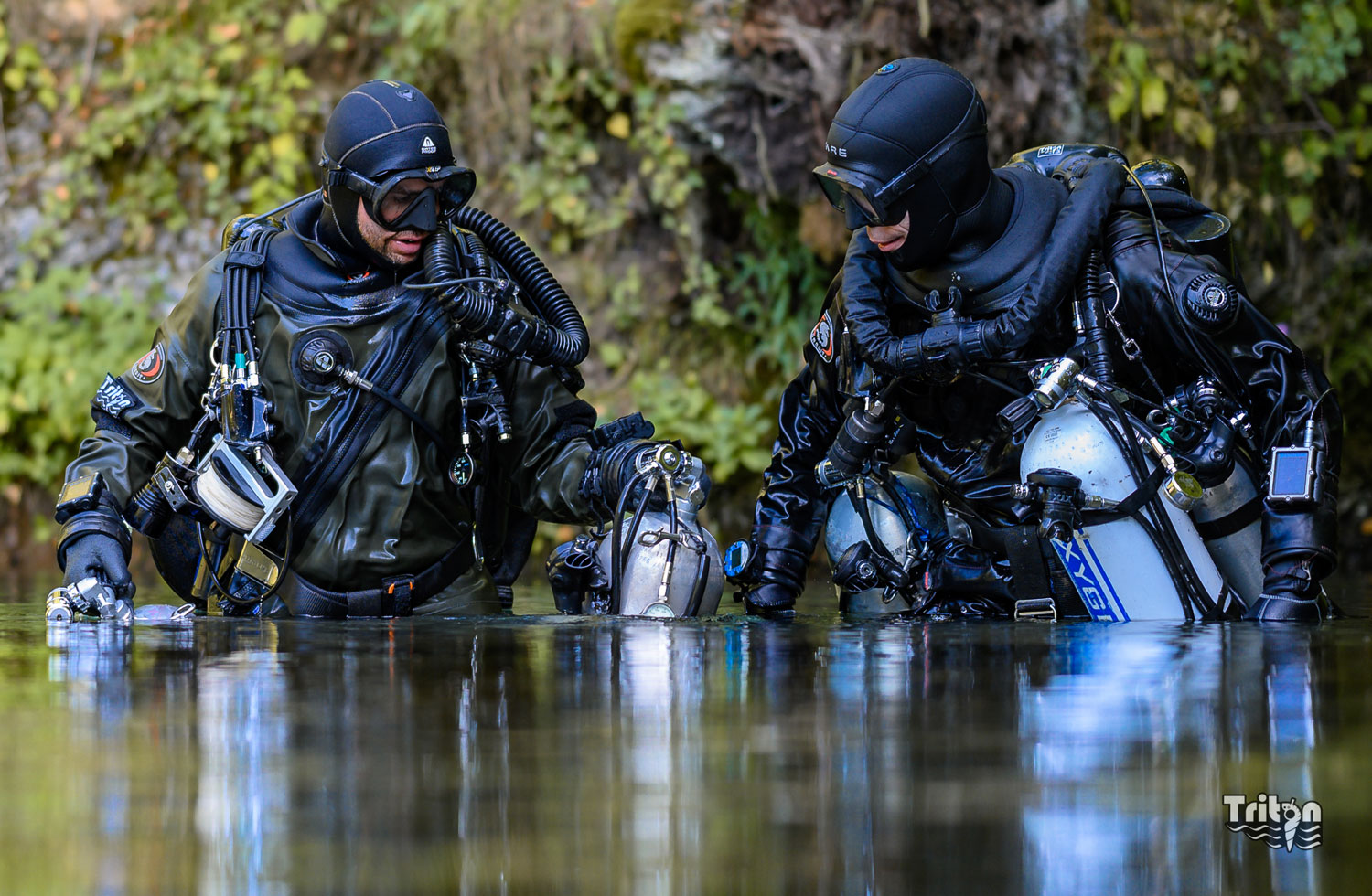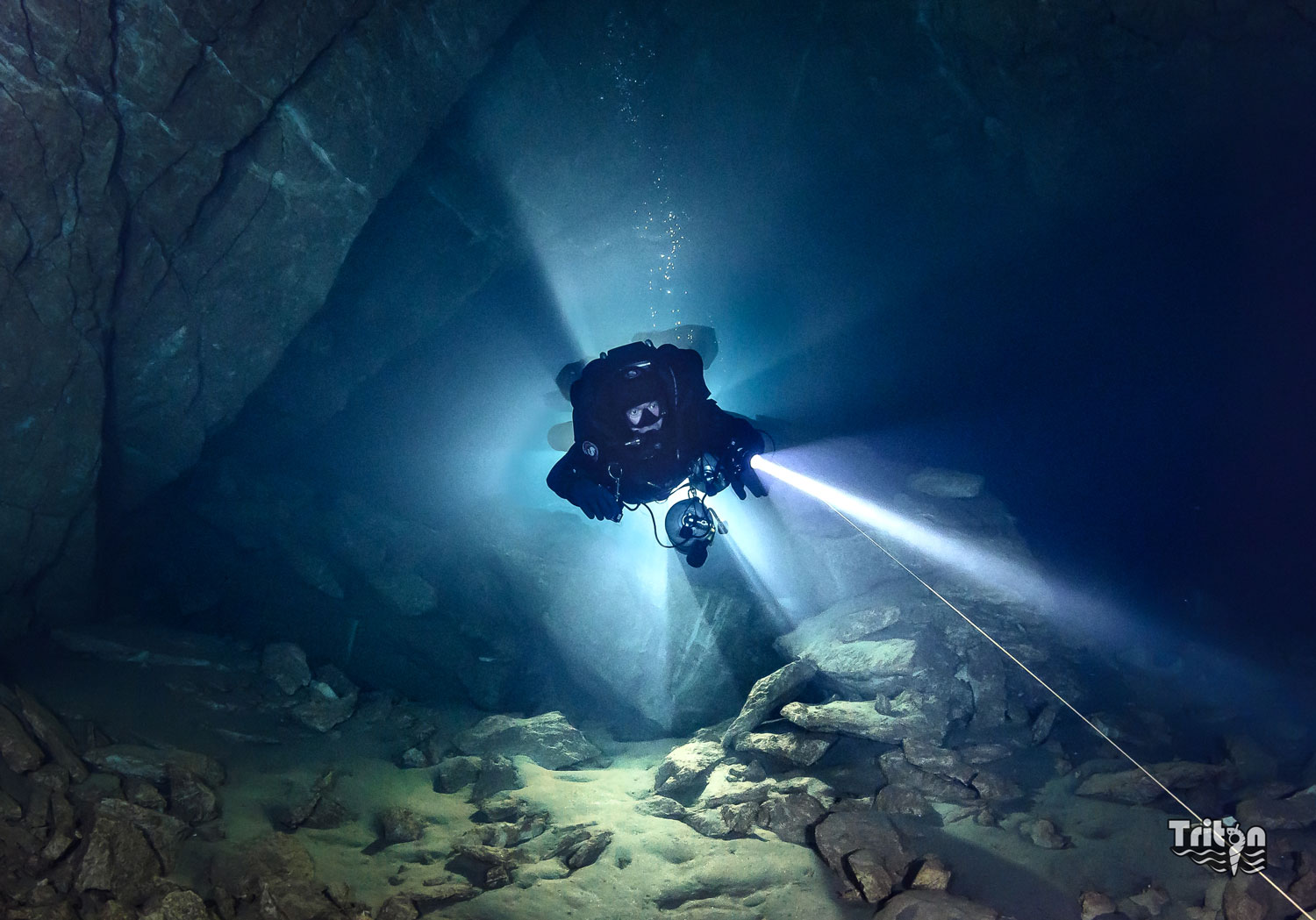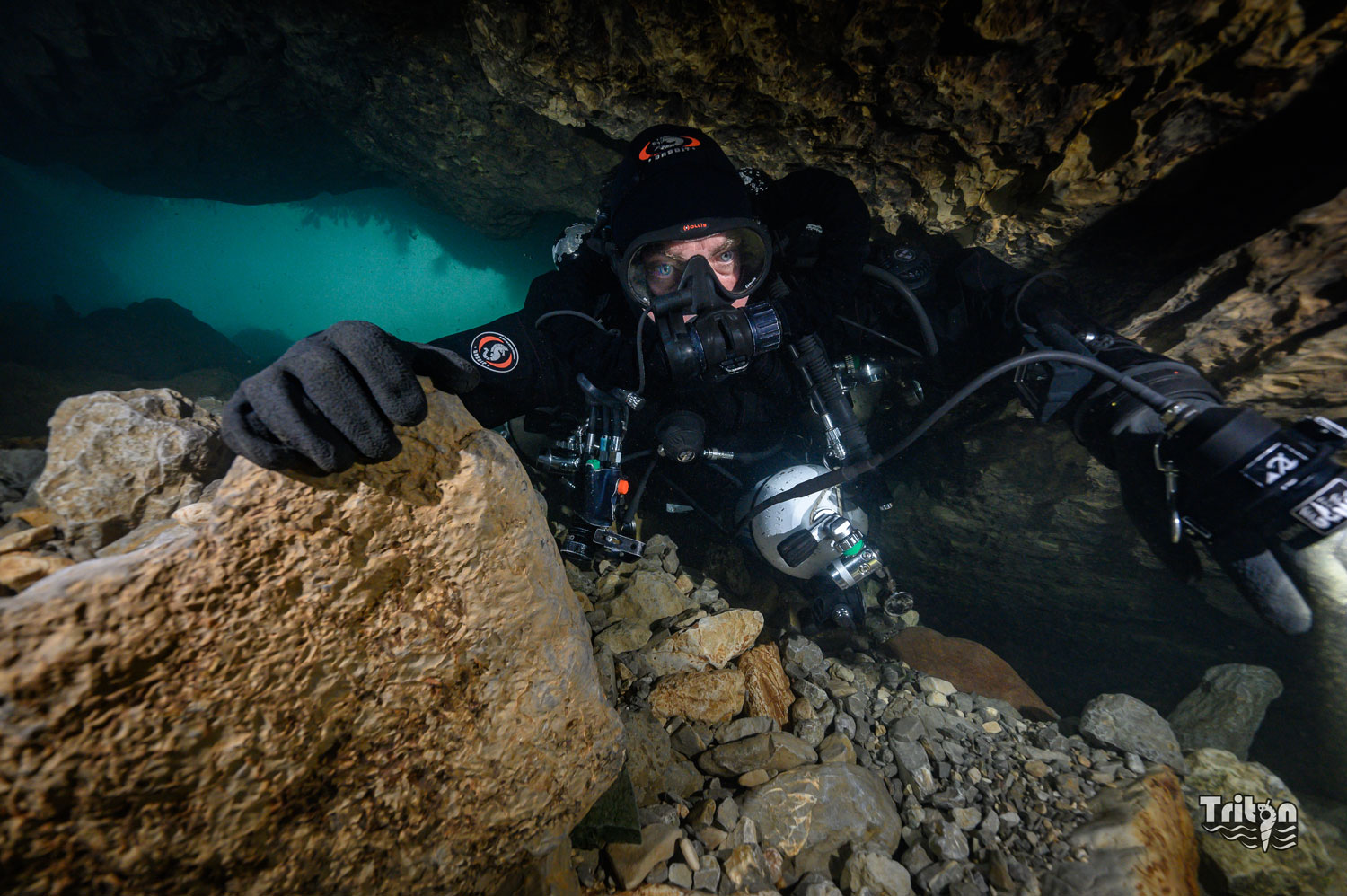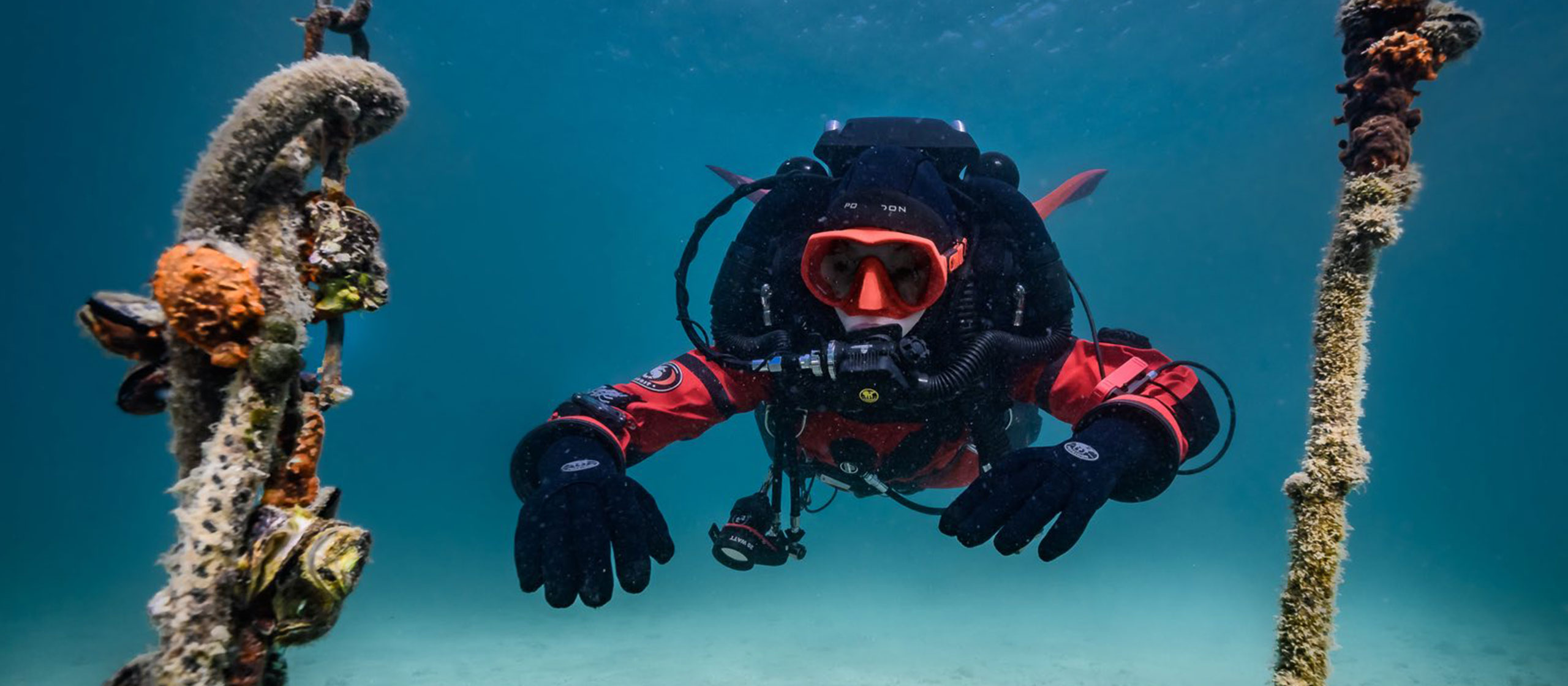Prepared diver
Carbon Dioxide – the Dreaded Enemy (part 3)
Precautions and countermeasures to improve diver safety
In the first part of this little series on carbon dioxide in diving, I shared a personal close-call story and gave a brief overview of the carbon dioxide metabolism in the human body. In the second part, we examined the mechanics of carbon dioxide generation and elimination, the complications introduced by depth and dive equipment, as well as the deeply unpleasant and potentially devastating effects of hypercapnia.
I hope the first two parts have made a case for why divers should avoid carbon dioxide buildup in their system. In this third, final part, I would like to take a look at how we can achieve this, and the precautions and countermeasures available to us. These countermeasures can be grouped into four broad categories: avoiding exertion, personal dive skills and habits, physical fitness, and WOB (work of breathing) management.
Avoiding exertion
The best way to avoid carbon dioxide buildup is to minimize the amount of carbon dioxide we generate in the first place. This means reducing exertion and energy expenditure. Diving isn’t exercise. Keep your pace slow and steady, and don’t swim around needlessly. In areas with significant current, choose your entry and exit points so that you can drift with the current instead of pushing against it. A dive guide worth their tips knows how to read a tide table and predict the strength and direction of flow, and they will organize their dives accordingly.
In recreational diving, scooters or DPVs are treated mostly as fun gadgets. In long-range cave and deep technical diving however, they are an essential tool to cover distance and move multiple tanks around without unduly exerting oneself. Scooters are expensive and not universally available, but in the hands of a skilled diver, they’re nothing short of a game changer when it comes to exertion management.

Dive skills and habits
Besides improving the overall enjoyment of any dive, developing good personal dive skills is also a great way to reduce the amount of CO2 a diver generates. The skills and habits relevant here are buoyancy control, trim, and propulsion.
Buoyancy control affects exertion directly. A neutrally buoyant diver doesn’t need to expend energy to maintain their depth by finning up or down, and they can stop and rest without losing their position in the water column. This in turn allows them to dive in flat (neutral) trim and minimize water drag in the main direction of movement.
However, not all buoyancy control is created equal. A lamentably large number of divers take pride in relying primarily on their lungs and barely touching the inflator valve of their BCD at all. While it is true that our lungs originally evolved from the swim bladders of fish, there is a whole list of reasons why returning them to this ancestral purpose is a bad idea.
For the purposes of this article, the relevant point is that using your lungs for buoyancy control causes suboptimal breathing patterns and CO2 retention due to insufficient exhalation. The same goes for modifying your breathing pattern in an attempt to reduce gas consumption, sometimes referred to as skip breathing. Relax and breathe naturally, don’t be lazy with that inflator button, and adjust your buoyancy frequently, correcting even for minor changes.
When it comes to movement, the main weapon in the arsenal of a proficient diver is the frog kick. With its built-in rest phase, a well-executed frog kick is by far the most efficient way to cover distance underwater. Experienced technical and cave divers use it to swim for hours at a steady pace. Secondary propulsion skills like reverse kicks and helicopter turns can further improve efficiency when maneuvering in close quarters, but in the grand scheme of CO2-related things, they’re mostly icing. Proper buoyancy control, good trim, and frog kicks are the cake.

Fitness level and the double-edged sword of CO2 tolerance
Fitness is a very broad concept that covers a variety of aspects including strength, balance, and coordination. When it comes to CO2 management however, we’re mainly interested in cardiovascular performance. Cardiovascular performance is closely related to the anaerobic threshold, i.e. the maximum sustainable level of exertion where the metabolic demands for oxygen supply and CO2 elimination remain within the capacity of a subject’s respiratory system.
What counts as exertion varies greatly between individuals; one person’s warm-up is another person’s workout. And while physical fitness is a great asset in diving and life in general, it’s a sad fact that people don’t get fit from diving itself in any meaningful way.
The most common way to improve one’s anaerobic threshold is steady-state cardio exercise like walking, hiking, jogging, cycling, swimming long distance, or jumping rope. High-intensity exercise also helps, but there is a catch.
Athletes in disciplines where participants operate well above their anaerobic threshold for minutes at a time – competitive swimmers, middle-distance runners, crossfit enthusiasts, and combat sports practitioners come to mind – not only develop a high anaerobic threshold. They also acquire a greatly increased tolerance to CO2, which enables them to keep going at levels of hypercapnia where most people would long have collapsed gasping for breath. Other populations with a generally high CO2 tolerance include trained freedivers and, somewhat ironically, smokers.
In scuba diving, a high CO2 tolerance isn’t necessarily a good thing. As discussed in part two of this series, not feeling out of breath won’t save you from other effects of hypercapnia like narcosis and cognitive impairment. And when dyspnea finally kicks in, it can hit you that much harder. This circumstance should deter no one from training in whichever sport they choose, but it is something to keep in mind when evaluating how hard you want to work underwater even if you’re very fit. By the time you start feeling out of breath, you may already be in trouble.
For those of us who don’t fancy spending every free minute in the gym, on the trail, or doing laps in a pool, the good news is that fitness requirements for recreational diving aren’t very high. Decent is good enough. Completing a couch to 5k program will make you safer underwater. Going from 5k to a marathon is a great achievement in and of itself, but yields diminishing returns when it comes to diving safety.

Managing WOB
As discussed in part two, work of breathing is affected by additional internal and external loads while diving. External load is generated by the scuba gear, primarily the regulator. A regulator should be as easy to breathe as possible. This is achieved by using quality gear, keeping it clean and well serviced, and by adjusting the cracking pressure of the second stage to a hair trigger. If you’re using rental gear and find that your regulator is hard to breathe, politely point out the problem and request a replacement.
On more than one occasion, I’ve met divers who habitually dial back the air delivery of their second stages, claiming that it helped them “save gas.” This is an easy pick for the top three of misguided notions I’ve encountered in my career as an instructor. Not only does it needlessly increase WOB and thereby CO2 generation, the greater negative lung pressure required to trigger such a second stage also increases the risk of immersion pulmonary edema.
The main source of internal load is gas density, which unfortunately can be managed in only two ways: limiting one’s depth, and using helium. Helium is expensive, and not everybody has the time or inclination to train as a trimix diver. Limiting one’s depth to 29 or 37 meters (where the density of O2/N2 mixes reaches the limits recommended by Gavin and Mitchell) also appears to be unappealing to quite a few people. At the very least, divers who are fond of going deep on air should be aware of the risks, both to themselves and their buddies, who may not receive the help they need in an emergency because everybody on the team is operating in a cognitively and physically impaired state.

Final thoughts
The vast majority of dives go smoothly, and carbon dioxide won’t play much of a role. However, when a dive doesn’t go smoothly and a diver’s metabolic demands increase due to higher workload, CO2 accumulation in the system can turn an otherwise manageable situation into a difficult one, or worse. I hope this series of articles provides food for thought and sheds a little light on how our body generates and responds to carbon dioxide, how this pertains to diving in particular, and how we can mitigate the associated risks.
Stay safe and happy diving, always!
About the author
Tim Blömeke teaches technical diving in Taiwan and the Philippines. He is also a freelance writer and translator, as well as a member of the editorial team of Alert Diver. He dives a Fathom CCR. For questions, comments, and inquiries, you can contact him via his blog page or on Instagram.

